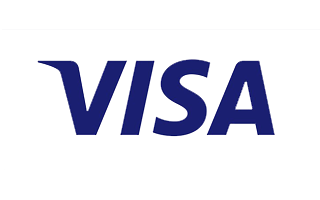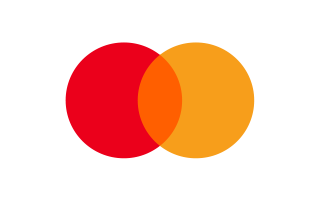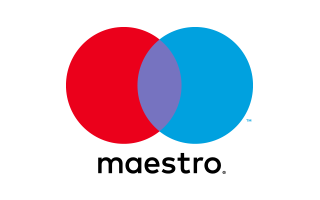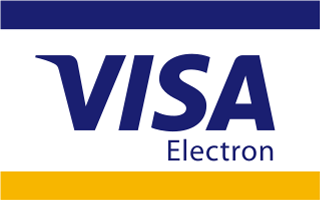How Long Does a Quick Weave Last?
Quick weave is a weaving method of adding hair extensions to one's natural hair using a bonding adhesive and a weaving cap.
The length of time a quick weave lasts depends on many factors, such as the type of hair extension used, the quality of the extensions, and the care and maintenance given to the weave. On average, a quick weave can last anywhere from 4 weeks, and it can last longer with proper care.
How long does a half-up half-down quick weave last?
A half-up half-down quick weave typically lasts for one month, depending on how well it is maintained and the individual's hair growth rate. It is imperative to keep the weave clean and moisturized and to avoid using too much heat or harsh hair products to prolong its lifespan.

How to make a quick weave last longer?
Here are some useful tips to prolong the life of a quick weave: it's imperative to keep the hair and scalp clean, use a wide-tooth comb or a brush specifically designed for extensions, and avoid using heat-styling tools or harsh chemicals.
- Properly care for your hair: Always use sulfate-free and moisture-rich shampoos and conditioners to keep your hair and scalp hydrated. These products are more gentle on your weave and your natural hair underneath. Trim your natural hair every 6-8 weeks to prevent split ends and keep it looking healthy. Keeping your natural hair moisturized and healthy can also help prolong the duration of a quick weave.
- Use the right styling products: Use lightweight oils or serums to nourish your hair. Heavy styling products like gels or pomades may add too much tension to your hair extensions and may lead to slide-off. Only apply light oil and conditioner from mid-length to the ends. Don't apply oil, alcohol, or conditioner to the roots (the bonding area).
- Limit heat exposure: Try to avoid using heat-styling tools like curling irons or flat irons too often. Use a heat protector when you have to. And never apply heat to the roots, or it may melt the glue and lead to sliding off. By the way, blow it dry on cool.
- Avoid exposure to harsh chemicals: Try to avoid using harsh chemicals like hair dye or perms, which can damage your hair. Limit the amount of pulling, tugging, and styling that you do to your hair to prevent damage.
- Protect your hair at night: Wrap your hair up with a silk or satin scarf to protect your hair from breakage and tangling while sleeping. Or you can invest in a silk pillowcase to safeguard your hair at night.
- Keep it clean: Regularly clean your hair to prevent product buildup which can lead to itching and dandruff. The adhesive that is used for glued-in weaves is not water-soluble, so a quick weave is safe to wash. It's recommended to wash your hair weave once a week. Be careful not to pull or tug your hair rudely while shampooing your hair. And never apply conditioner to the bonding area while washing a quick weave.
- Use a weave cap: If possible, put on a weave cap to protect your natural hair. You can even put on two weave caps to create extra protection. Using weave caps can protect your natural hair underneath from being coated with glue and clumping.
- Use high-quality hair weaves: Invest in high-quality human hair weaves to ensure that it lasts longer and looks more natural. Elfin Hair provides 100% human hair weaves in a variety of colors and textures. Explore the best hair extensions for quick weaves at Elfin Hair. Fast shipping within 24 hours!
Here are some simple tricks you can use at home to maintain a quick weave. If you still have trouble maintaining your weave, you can also visit a stylist who specializes in weaves and extensions to help you care for your hair.
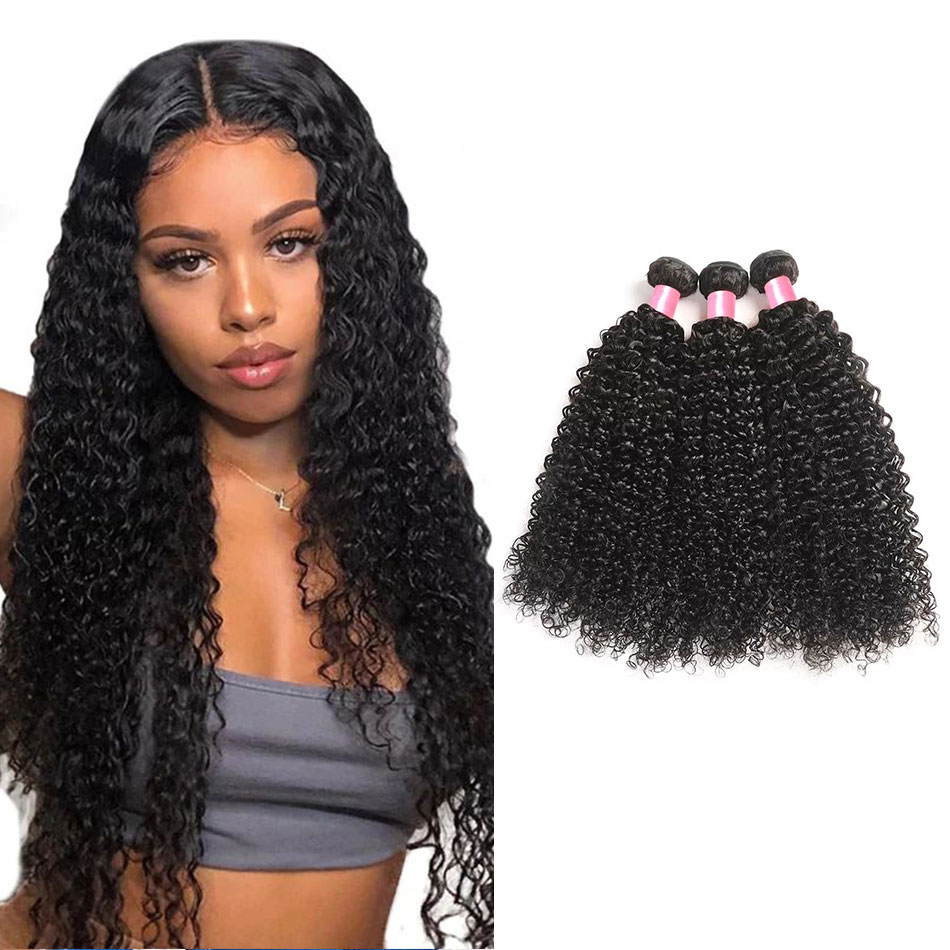
Quick weave vs. sew-in weave
Quick weave and sew-in weave are both popular methods for adding extensions to natural hair, but they have some key differences.
A quick weave involves gluing the extensions to a protective cap that is worn on the head. The natural hair is braided down and then the cap is placed over it, with the extensions glued onto the cap. The quick weave is fast and easy to install, but it is not as secure as a sew-in weave, and it can cause damage to natural hair if not done properly.
A sew-in weave, on the other hand, involves sewing extensions onto braided natural hair. The extensions are sewn onto the braids. Thus, a sew-in weave is a more secure method, but it takes longer to install and can be more expensive. Underneath the extensions, natural hair is well protected and has a lower risk of damage.
Both methods offer a range of versatility, but quick weaves are more suitable for those who want a temporary option and a sew-in for those who want to keep the extensions for a longer time.

Quick weave vs. wig
Quick weaves and wigs are both hair extensions used to add length and volume to natural hair, but there are some key differences between the two.
Quick weaves can be removed easily and are a convenient option for those who don't want to commit to a long-term weave.
A wig, on the other hand, is a head covering that is worn over natural hair. They can be worn for fashion or medical reasons, and they can be easy to remove, and they can be kept for quite a long time.
In summary, quick weaves are a type of weaving method that is applied to the head using an adhesive. Wigs are head coverings that are worn over natural hair. Both can provide similar results, but quick weaves are typically more temporary, while wigs can be worn for a longer time.
Related Posts:
Things To Know Before Getting a Quick Weave
How to make side part quick weaves?
5 Easy Half Up Half Down Quick Weave Styles
How to remove quick weaves with no damage?

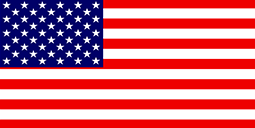 USD
USD EUR
EUR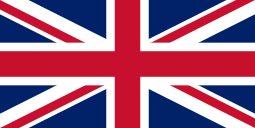 GBP
GBP CAD
CAD AUD
AUD



